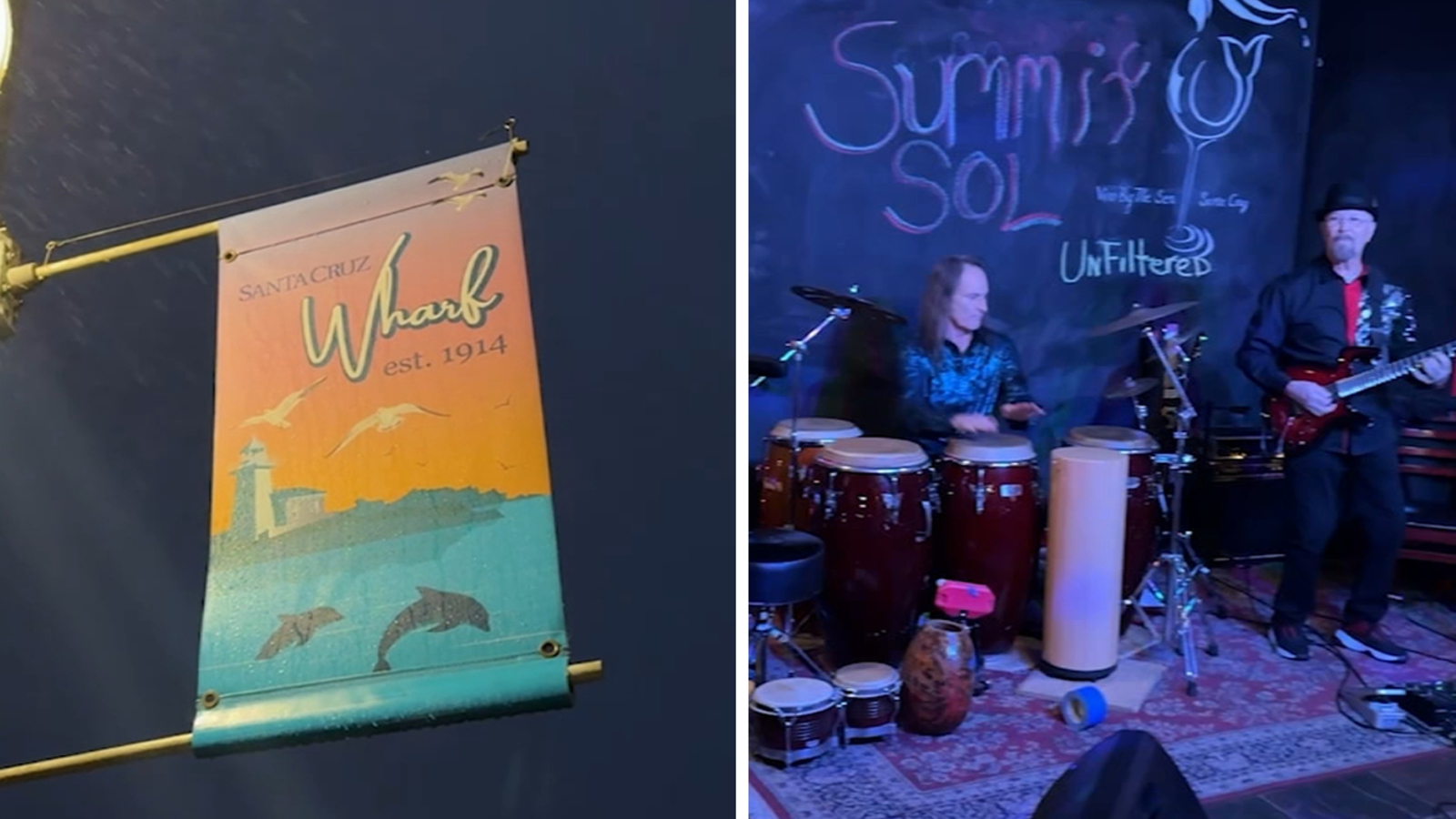Pier Resurrection: Santa Cruz Wharf Bounces Back After Structural Setback

A month has passed since the powerful Pacific waves unleashed their fury on Santa Cruz's beloved wharf, leaving behind a scene of partial destruction. Despite the recent rainfall threatening to further dampen the mood, visitors remain undeterred, their spirits as resilient as the iconic landmark itself.
The wharf, a cherished destination for locals and tourists alike, stands as a testament to the community's strength and determination. Even with the ongoing weather challenges, people continue to flock to this historic site, eager to experience its enduring charm and breathtaking ocean views.
As storm clouds gather and rain threatens to fall, the Santa Cruz wharf remains a beacon of resilience, drawing visitors who are not easily discouraged by nature's unpredictable temperament. The recent damage serves as a reminder of the raw power of the ocean, yet it has done little to diminish the allure of this beloved coastal attraction.

